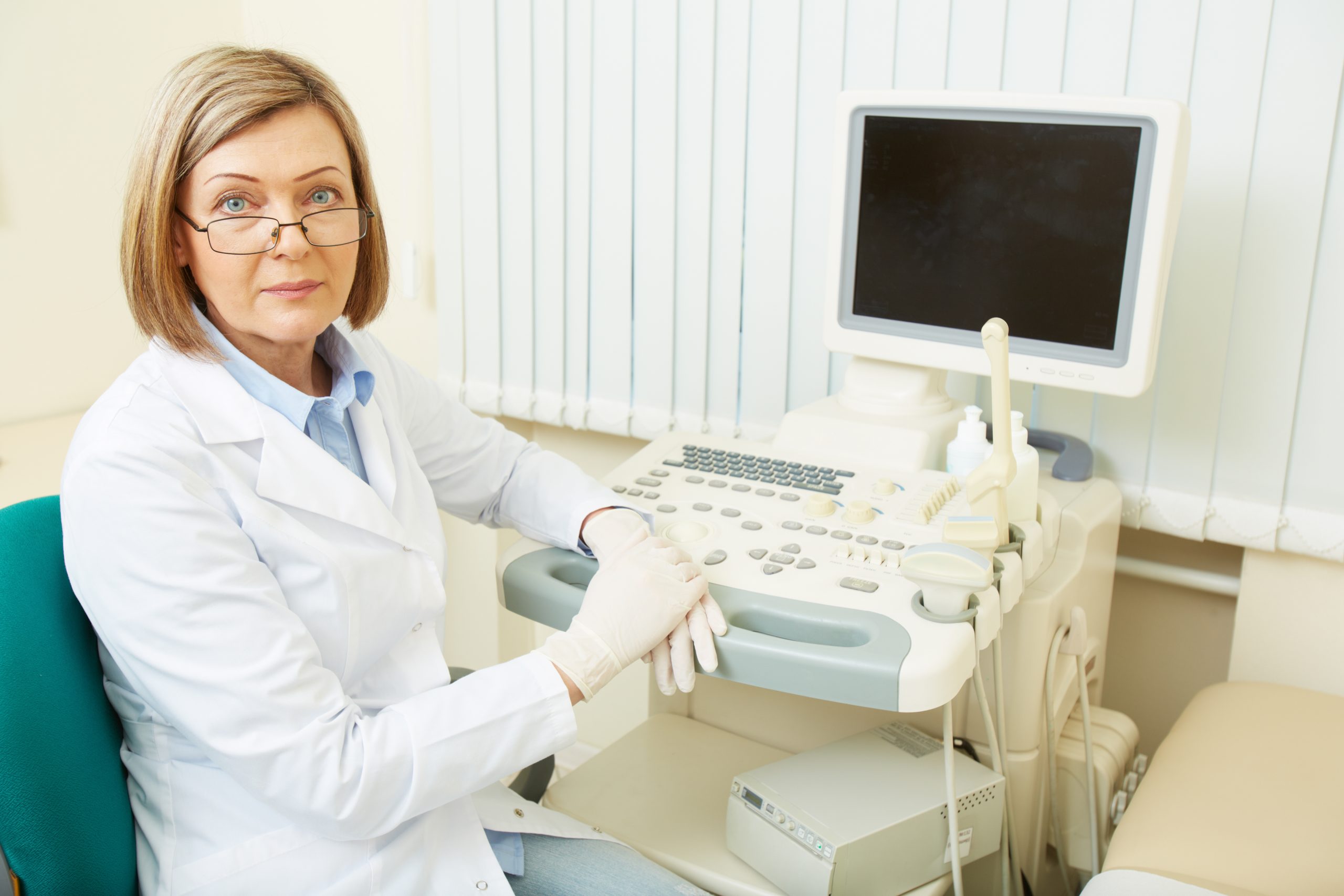Asherman’s Syndrome

Asherman’s syndrome is a condition where there is a presence of adhesions in the endometrial lining of the uterus, often causing secondary amenorrhea, infertility, or repeated spontaneous abortion. Its causes include endometritis, aggressive curettage (D&C) used for the treatment of menorrhagia, removal of retained placental fragments, or termination of pregnancy. The scar tissue that forms inside the uterus can lead to menstrual disturbances, infertility, and recurrent miscarriages. If you suspect you may have Asherman’s syndrome or are experiencing symptoms such as unusually light periods, difficulty conceiving, or recurrent pregnancy loss, it is important to consult with a reproductive endocrinologist.
A word of caution: Be sure any fertility diagnosis and/or treatment is with a board certified reproductive endocrinologist.
- Medical History and Symptoms Assessment: Your reproductive endocrinologist will begin by taking a detailed medical history, including any symptoms you’ve been experiencing. Common symptoms of Asherman’s syndrome may include changes in menstrual flow, pelvic pain, and fertility issues.
- Physical Examination: A physical examination may be performed, which can include a pelvic examination to check for any physical abnormalities or signs of scarring in the uterine cavity.
- Imaging Studies: Transvaginal ultrasound or hysterosonography (saline-infused ultrasound) may be used to visualize the uterine cavity and identify abnormalities such as adhesions, polyps, or fibroids. These imaging studies can provide important initial information.
- Hysteroscopy: Hysteroscopy is considered the gold standard for diagnosing Asherman’s syndrome. It is a minimally invasive procedure that involves the insertion of a thin, lighted instrument called a hysteroscope through the cervix and into the uterus. This allows the healthcare provider to directly view the uterine cavity and identify any adhesions, scar tissue, or other abnormalities.
- Hysterosalpingography (HSG): HSG is another diagnostic procedure that involves the injection of a contrast dye into the uterus and fallopian tubes. X-ray images are then taken to visualize the uterine cavity and check for abnormalities, including adhesions.
- MRI (Magnetic Resonance Imaging): In some cases, an MRI may be recommended to provide a more detailed and comprehensive view of the uterine cavity, particularly when hysteroscopy or HSG does not provide clear results.
Once Asherman’s syndrome is diagnosed, treatment options can be discussed with your reproductive specialist. Treatment may involve hysteroscopic surgery to remove adhesions and restore the normal uterine cavity. In some cases, estrogen therapy may be prescribed following surgery to promote the healing and regeneration of the uterine lining.
It’s essential to consult with a healthcare professional if you suspect you have Asherman’s syndrome or are experiencing reproductive health issues. Early diagnosis and appropriate treatment can help improve your chances of managing the condition and achieving your reproductive goals.
NOTE: Be sure to do all fertility testing with a reproductive specialist. A reproductive specialist treats infertility exclusively. S/he does not deliver babies. It is recommended that a board-approved M.D. who has completed a fellowship in Reproductive Endocrinology do testing for re The American Society for Reproductive Medicine (ASRM) recommends that each physician supervise a minimum of 20 follicular recruitment cycles per year. Additionally, it is critical that there be access to a Reproductive Surgeon specializing in treating obstructions, endometriosis, uterine abnormalities and other reproductive organ disorders which require surgical repair and use of laporoscopic microsurgery techniques.
